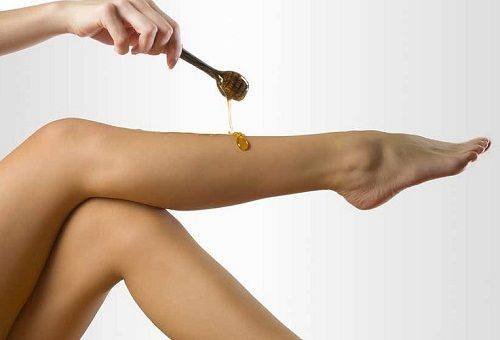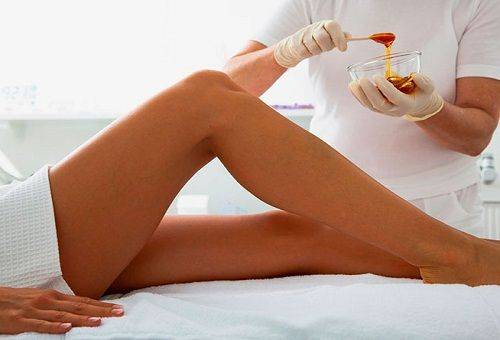How and with what can you quickly wash off depilatory wax from the surface of the skin?
Home hair removal using wax is convenient, effective, safe and cost-effective. But to get complete satisfaction from the approach, you need to learn how to carry out the procedure so that after its completion there are no traces left on the treated area. It is best to foresee all possible negative consequences of depilation in advance than to try to remove remnants of the active product from the surface of the skin. The main thing is not to give in to laziness and not leave everything as it is, this is fraught with allergies, irritation or inflammation.

Secrets to help prevent waxy deposits from forming on your skin
The hair removal procedure will go without problems and will not leave behind any unwanted consequences in the form of sticky wax, if you follow the following recommendations:
- When using wax strips or other versions of the finished product, preference should be given to kits that include special wipes. They are impregnated with substances that can remove wax remaining on the skin without leaving a trace.
- The use of cassette wax is particularly specific. It needs to be distributed over the surface of the skin in a very thin layer, removing excess as you use it. Especially for home depilation, you need to stock up on a soft and very greasy lotion that will remove the product without any problems.
- Removal of wax residues should be carried out after processing each area.If you do not wash off the product in time, it will dry out and tighten, causing bruising.
- It is strictly forbidden to attempt to remove hardened or cured wax using water. This will not give a positive effect; the sticky mass will only become denser, which will complicate the process of removing it.
- When carrying out depilation, the product should not be applied superficially, but pressed firmly against the hair. Only in this case the main part of the composition will leave the skin along with unwanted vegetation.
- There will be much fewer problems after waxing if you do not try to use a large amount of the active composition in one approach. This is not only fraught with the formation of unnecessary residues, but also significantly reduces the effectiveness of the approach, because the product cannot dry evenly and completely.
Compliance with these rules does not guarantee the complete absence of wax on the skin upon completion of depilation, but it significantly simplifies the procedure for removing it.
Means and manipulations that can quickly get rid of wax marks
If after removing the strips there is still a little product left on the surface of the skin, it can be removed without a trace using one of the following means:
- Vegetable oil. We take cotton pads, soak them in slightly warmed olive or sunflower oil, and remove the wax with rubbing movements. We change cotton pads until the mass is completely washed off from the surface of the skin.
Advice: It is recommended to use unrefined vegetable oil for processing. When using oil-based cosmetics, the consequences can be quite unpredictable.
- Very rich cream. Apply the product to a cotton pad and use it to distribute the mass over the problem area with residual effects after depilation. Do not wipe off the composition, apply several more layers of cream and wait a couple of minutes. Then take a clean, dry cotton swab and start wiping off the product. We repeat this until all signs of stickiness are removed.
- A rich moisturizing lotion. Apply the active mass generously to the epilation area and leave for a couple of minutes. As soon as it becomes obvious that the wax has begun to give in (it will literally begin to slide over the skin), wash everything with dry wipes and rinse the area with cool water.
- Hairdryer and wet wipes. A very effective, but rather dangerous approach. If you can’t wash off the frozen product, then direct a stream of warm air from a hairdryer onto it. After the composition has melted, remove it with a dry cloth. You need to act carefully! Do not overexpose the heat or use it on an area with droplets of moisture and cosmetics. This may cause a burn.
When treating a problem area, it is forbidden to use peelings and scrubs; it is useless to rub the area with a hard washcloth or scrape with a dull knife. Such aggressive approaches will cause a lot of unpleasant moments without guaranteeing the desired result. After the desired effect is achieved, the skin must be treated with a moisturizer or a special composition that slows down the growth of hair fibers. This will soothe the skin and prevent irritation.
If the proposed manipulations do not help, you will have to turn to professionals. You should not hope that the pieces of wax will fall off on their own as a result of friction. This can and will happen, but only against the background of a high risk of inflammation of the hair follicles.



